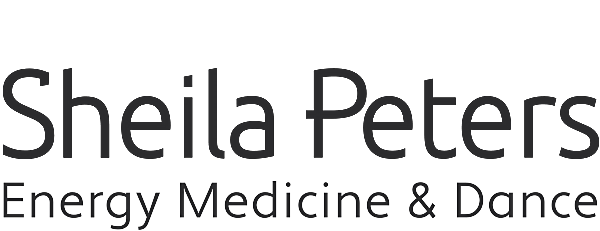Inside each of us, there lives a dancer. Just take a close look at infants and babies. As we watch, we see that they are in constant motion: wiggling their legs and toes; waving their arms and hands. Observe crawling: when babies first start to move forward on their hands and knees they often rock back and forth, playing with the feel of weight moving them forward. The same is true as the child takes his first steps. We human beings are meant to move and our movement is the dance of life.
If an organism doesn’t move, it doesn’t really have the need for a brain. Rocks, trees and plants are essentially stationary features on the earth’s surface; they do not generally move of their own accord. They therefore have no need of a brain such as animals and humans have. As Rodolfo Llinás states, “That which we call thinking is the evolutionary internalization of movement.” (2002)
In the pursuit of food, our ancestors had to move to gather or hunt for sustenance. Learning to gather and hunt in groups caused humanoids to learn to coordinate the actions needed to be taken for a successful result. What these ancient peoples were doing in those planning sessions was choreographing and collaborating. They were creating the dance of the hunt, the dance of gathering and, eventually, the dance of farming and cultivating. All of these functions required stylized movement vocabularies designed specifically to utilize the bodily motions that best fulfilled the task at hand.
This is exactly what present day choreographers do when they are creating a new piece. They are taking stylized movements and fashioning them into a long combination of actions that best fulfill the emotion, shape, narrative or dynamic that the choreographer wants to express.
We are always moving, unless we are dead. Even if we are laid up sick in bed or in a wheelchair, we are still breathing; blood still flows through our veins and arteries; chemicals swirl throughout our brains and bodies; synapses are making connections; eyes are observing and darting from one place to another and, at the most basic level, cells are decaying and being born.
Because we are individuals and, therefore, have unique perceptions and thought processes, the way that we move is also individual. Our experiences define us and color our movement vocabularies. Whether we are conscious of it or not, our movements tell our story. We all have signature ways of expressing ourselves through physical actions.
We can scan the people next to us when we are in a line at a store checkout desk; note the posture of our fellow cube mates at the office; look at the crowds passing by us on a busy sidewalk; witness the way a couple interacts as they sit at a restaurant table. We don’t need to hear the words that are spoken. All of these human beings are telling us how they feel about themselves, the people they are with and what they are doing through the rhythm, shape, space, and energy of their movements.
Each of us is dancing and choreographing all the time. There are no exceptions. We are all dancers.


